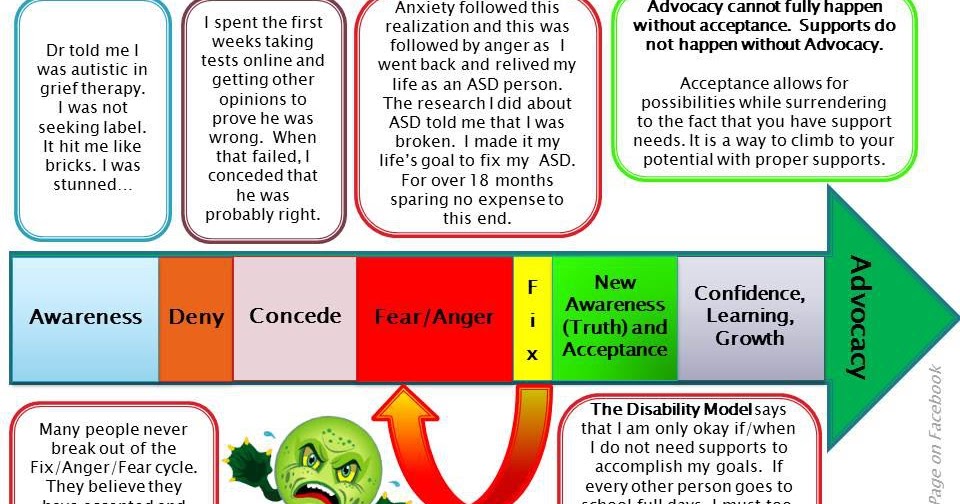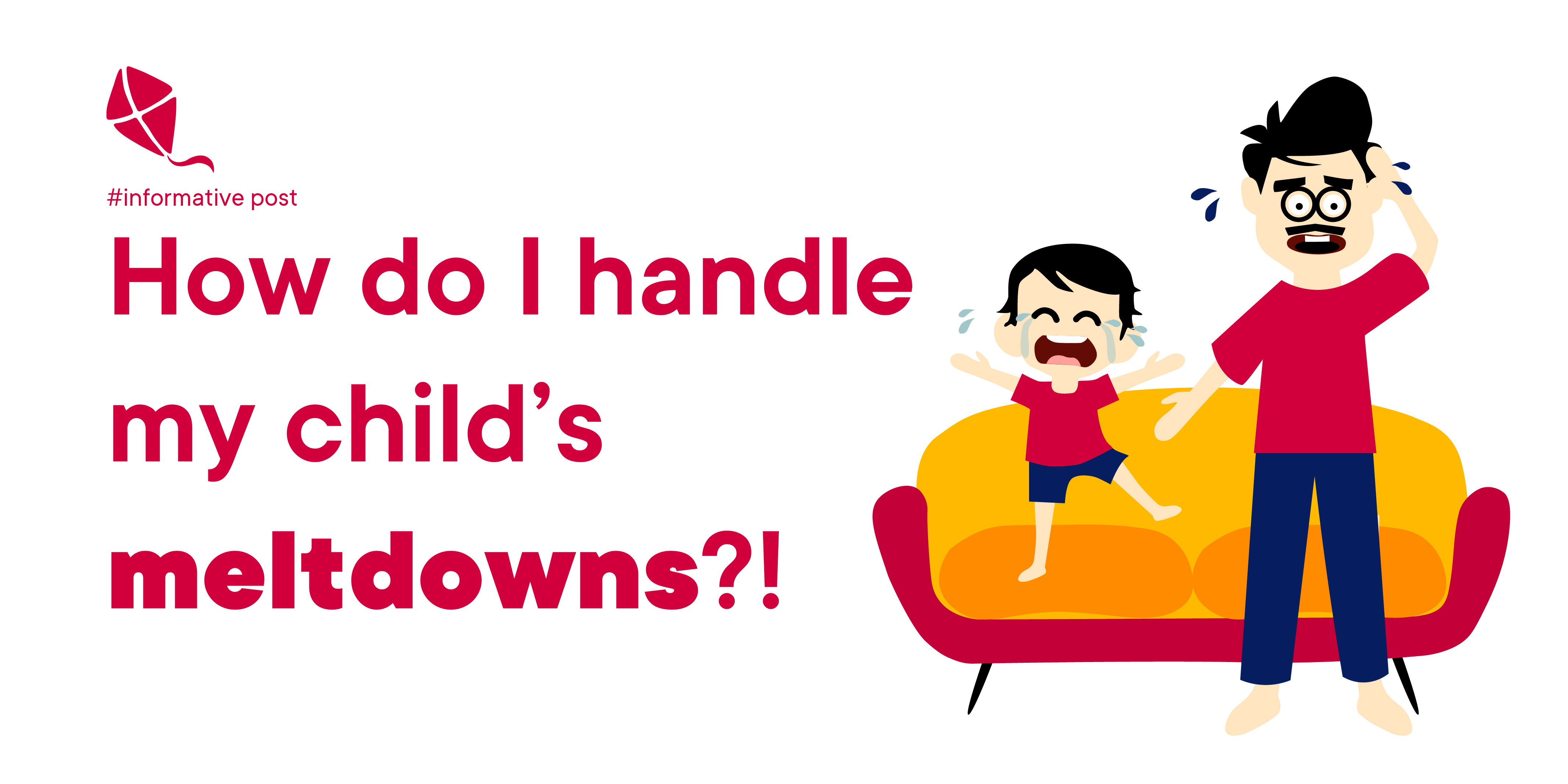
Social challenges, such as difficulty making friends or feeling left out.Difficulty understanding or processing instructions.Sensory overload from bright lights, loud noises or strong smells.Sudden change in routines or unexpected transitions.Autism meltdowns in the classroom can be triggered by a variety of factors, which can include: But knowing what is triggering the behavior is critically important in dealing with the function of the behavior. What Triggers an Autism Meltdown in the Classroom?ĭealing with autism meltdowns in the classroom can be hard. It’s also essential to approach someone experiencing an autism meltdown calmly and respectfully. Turning inward or becoming non-responsiveĭue to the overwhelming nature of these meltdowns, it’s important to maintain a calming and safe space.Asking repetitive questions for reassurance.Pacing, rocking back and forth, or other repetitive movements.Heightened sensitivity to sensory inputs, such as sounds, lights, or touch.Difficulty communicating or responding to questions.Being irritable or upset, which can include shouting or physical aggression.These meltdowns will look different for every person with autism, but some common signs include: Just remember, this is an intense response to sensory overload or a sense of overwhelm.


What Does an Autism Meltdown Look Like?Īn autism meltdown can look similar to temper tantrums. No matter what the trigger, identifying it makes identifying effective ways to help a student control their behavior easier. It could be difficulty with something neurotypical peers wouldn’t struggle with, like too much eye contact or not being able to talk about their special interest. Is it a sensory issue, like sensory overstimulation? Maybe it’s abrupt changes to the typical school day schedule.

So can social interactions, making both situations difficult to control their behavior.Īs a teacher, its important to look for the triggers that are causing or intensifying an autistic meltdown. For children with autism spectrum disorder, sensory input in public places can be overwhelming. It is not about a desire for attention or control. Meltdowns for individuals with autism are usually caused by overwhelming sensory input, anxiety or frustration. First off, an autism meltdown is not a temper tantrum.


 0 kommentar(er)
0 kommentar(er)
